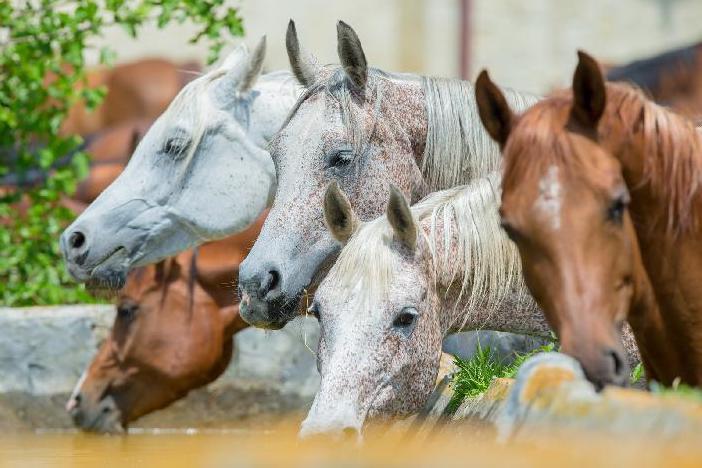b e h a v i o r
Understanding Emotional Resilience Kathie Gregory outlines the importance of emotional resilience in both humans and animals, why it is so essential to have the ability to cope with the stressors we face in everyday life
D
uring the months of isolation and social distancing many of us have been exposed to during the pandemic, the need for emo tional resilience has become stronger than ever. Emotional re silience can help people cope better with whatever life throws at them, such as dramatic changes in situations and circumstances. It can also re duce stress and help people recover more quickly from adverse experi ences and return to equilibrium. Emotional resilience is necessary for homeostasis and maintaining a healthy mind and body, and it plays a big part in rehabilitation tech niques to overcome trauma. In my experience, however, the concept is not always readily applied to animals. But while what constitutes emo tional resilience varies in different animals, it is every bit as necessary for all species, in my opinion. There are three main three main influ ences on emotional resilience to consider: physical, psychological, and social. Some factors are common to all species, while some are species specific.
standing, problem solving, the ability to adjust, paying attention, com prehension and decision making. Emotional aspects include selfaware ness, selfesteem, selfregulation, selfconfidence and selfcare. Knowledge leads to awareness, which leads to understanding. When an animal understands a situation he is able to adjust, problem solve, and make decisions. When he also has the emotional quality of selfaware ness, his decisions will be based on what is good for him rather than detri mental. When he has selfesteem, he gains selfconfidence, which also has an effect on his ability to interpret and act on intellectual data. Self regulation comes from a combination of all these things. In this balanced psychological state, an animal can maintain equilibrium and is able to dis engage, so is not prone to obsessive actions. No less importantly, he is able to determine the best course of action for his own wellbeing.
Social
Emotional resilience includes knowing when to react and when to ignore things, when to disengage, when to focus, when to relax, when to engage in social activities, and when to seek quiet time
© Can Stock Photo / gurinaleksandr
The social element is about connections, rela tionships, communication, cohesion, belonging and feeling safe in your group. Every social species needs to connect with others of the same species and isolation can be enor mously damaging. In the 1950s, in a series of controversial experiments, Harlow separated baby monkeys from their mothers and kept them in partial or full isolation. The end re sult was that the infants displayed severely disturbed behavior, resulting, sadly, in the deaths of some of the monkeys. Making connections allows animals to get to know each other and develop friend ships, which are essential for a healthy psy che. Social settings enable communication between animals and working together cre ates cohesion in the group. A sense of safety and belonging is the result of being in a sta ble social environment.
Physical
SelfCare
The physical element covers health, nutrition, and exercise. Health is not just about being free of illness, but also about being physically capa ble and strong enough to complete physical tasks with enough energy, enthusiasm, and/or motivation. Nutrition has to be adequate to provide overall health, but also to support the strength and energy needed to carry out daily tasks. Adequate exercise is necessary to support an ani mal's ability to perform well and not fatigue prematurely.
Beyond physical, psychological and social support, every being needs the ability to administer selfcare. For that to happen, the individual needs to be aware of what is good for him and what is not. This means having the ability to know one's own limits, when to react and when to ignore things, when to try harder, when to stop, when to remove oneself from negative situations, when to disengage, when to focus, when to relax, when to feel content, when to engage in social activities, and when to seek quiet time. All of these factors contribute to emotional resilience. To live a contented life with a strong body and mind, animals rely on emotional resilience. So when we ask our pets to participate in different activities, which may or may not be acceptable for them in terms of
Psychological The psychological influences include intellectual and emotional aspects of the mind. Intellectual factors include knowledge, awareness, under
52
BARKS from the Guild/November 2020
















